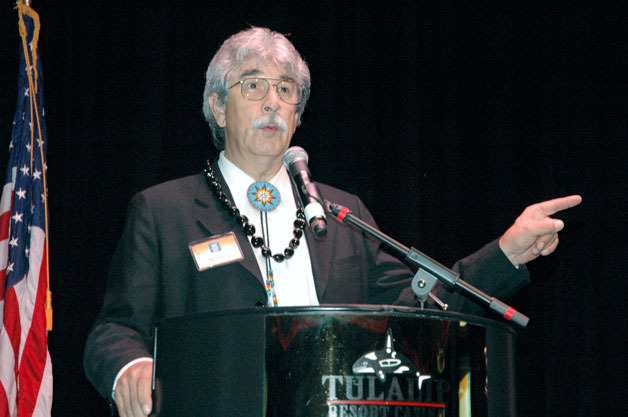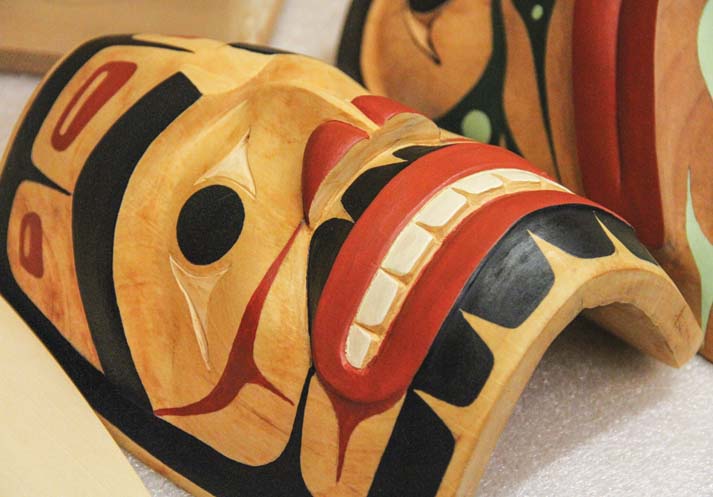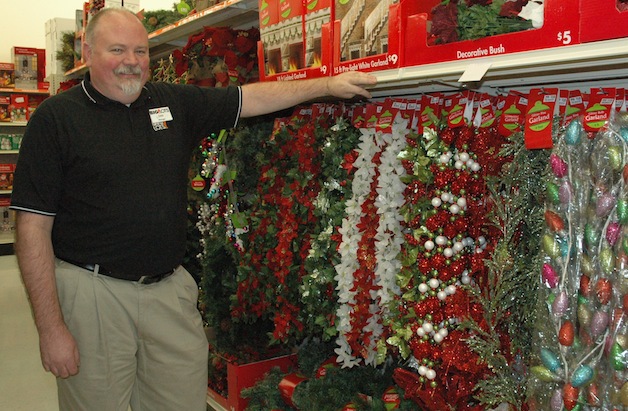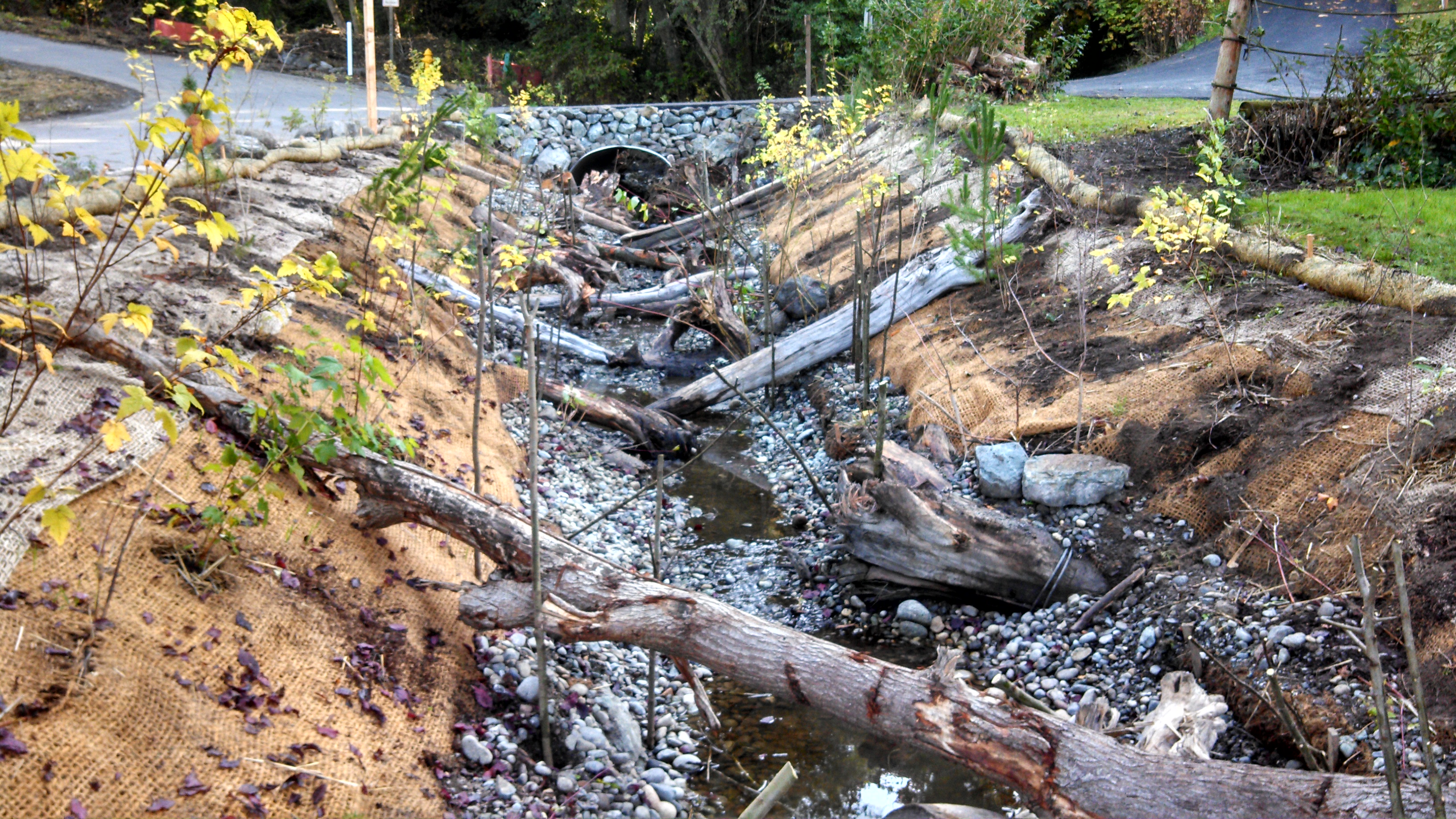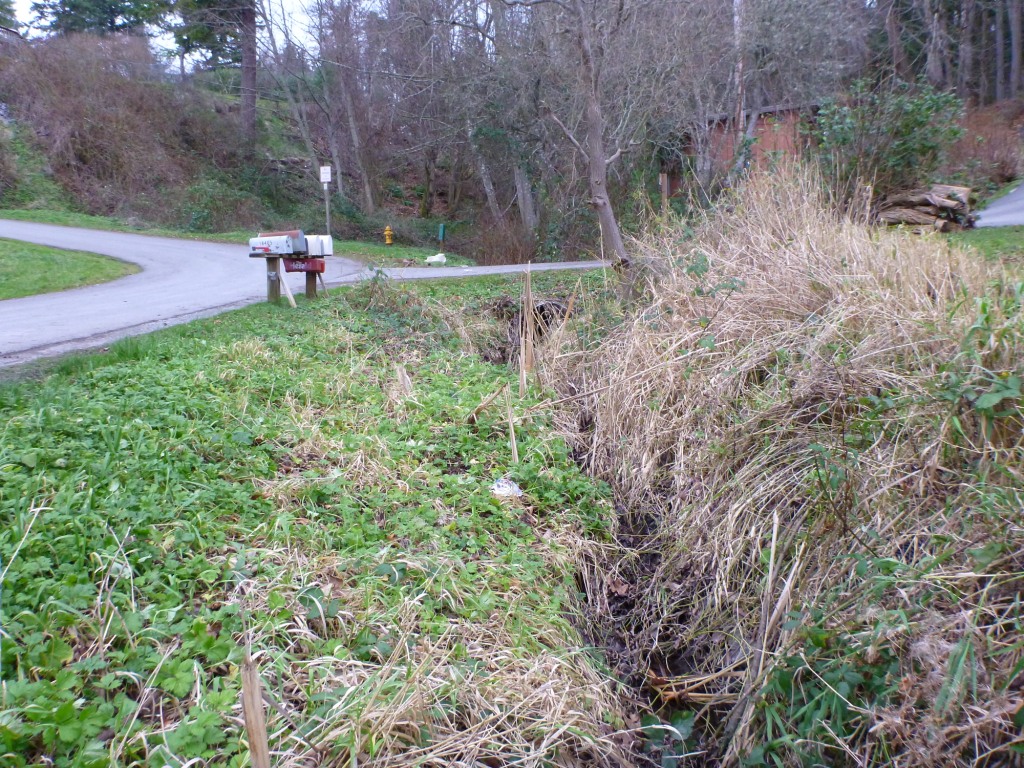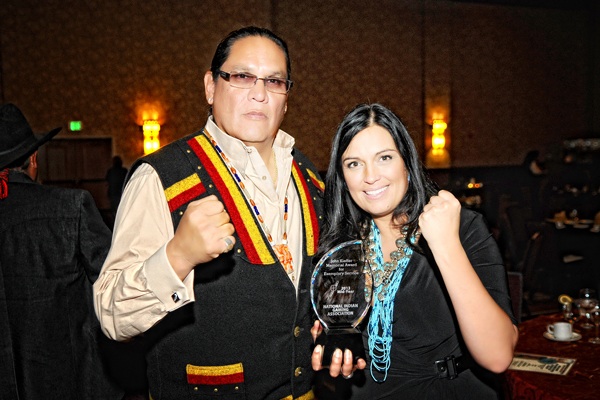Source: The Herald
Veterans Day Memorial concert, 6 p.m. today, First Presbyterian Church, 2936 Rockefeller Ave., downtown Everett. Choirs and handbell groups from several churches plan to participate. Free admission.
Veterans Day Ceremony, 11 a.m. Monday, Veterans Monument in Library Park, 15429 Bothell-Everett Highway, Mill Creek.
Snohomish County Memorial Central Committee’s 95th annual Veterans Day ceremony is 11 a.m. Monday at the eternal flame in the Snohomish Courthouse campus courtyard, 3000 Rockefeller Ave., Everett. Participants include the Everett High School Navy JROTC and representatives from Naval Station Everett. Call 425-258-4201.
Arlington Veterans Day Parade, 11 a.m. Monday, Olympic Avenue, sponsored by Arlington American Legion Post 76.
Veterans Day ceremony by Veterans of Foreign Wars Post 1040 of Lynnwood, 11 a.m. Monday, Lynnwood Veterans Park, 44th Avenue and 194th Street SW. Participants include Northwest Junior Pipe Band, Navy veterans Fred Ensslin, John Beam, Glenn Ledbetter and Ray Colby, Marine Corps veteran Martin Spani, Army veteran Brian Seguin, VFW Post 1040 Honor Guard and local Boy Scouts.
Veterans Day at Edmonds Memorial Cemetery, 11 a.m. Monday includes a tour of the graves of all veterans buried there, including those who fought in the Civil War, led by local history buffs Betty Deebach Gaeng and Dale Hoggins. Highlights include the life stories of war veterans buried at the cemetery, as well as the first-time telling of the story unlocking the mystery of the unidentified headstones located by the flagpole. The cemetery was founded in 1891 and is on the state Register of Historic Places. Call 425-776-1543.
Veterans Day Ceremony in Sultan, 1 p.m. Monday, Veterans Memorial Wall, First and Main streets. Retired U.S. Army Brig. Gen. Robert Reese is the speaker.
Mount Baker-Snoqualmie National Forest, in honor of Veterans Day, plans to waive fees for visits to the forest today through Monday. State parks also are open free to the public during the weekend.
Military veterans are to be honored with an outdoor Wall of Thanks and a Veterans Tribute at Imagine Children’s Museum, 1502 Wall St, Everett. The museum, usually closed on Mondays, is scheduled to be open from 10 a.m. to 5 p.m. Monday in honor of Veterans Day. All veterans and their immediate families get free admission for the day. The Wall of Thanks, near the museum entrance, is an annual project featuring artwork created by the children and families of Snohomish County. At 3 p.m. Monday, the Veterans Tribute includes a presentation by the Everett High School NJROTC. All veterans in attendance will be honored during the tribute.
The Silvertips hockey club plans to play its first-ever Veterans Day matinee game, 2:05 p.m. Monday against the Vancouver Giants at Comcast Arena. All military veterans are to be honored. VFW Post 2100 plans to distribute Buddy Poppies and the local Veterans Heritage Museum plans to set up displays of military uniforms.
Marysville-Pilchuck High School’s Tomahawk Company hosts its 19th annual Military Parade from 7 to 8 p.m. Thursday in the school gym. The event, dedicated to military veterans, includes participation by Naval Station Everett.
Harbour Pointe Retirement complex plans to host a presentation by artist and veteran Michael Reagan at 1:30 p.m. Friday, 10200 Harbour Place, Mukilteo. Reagan, a portrait artist, created the “Fallen Heroes Project” honoring men and women who have died in military service. He draws portraits free as keepsakes for fallen soldiers’ families. The public is welcome to attend. Call 425-493-8555.
For veterans
Carl Gipson Senior Center of Everett plans to host its eighth annual USO dance from 1 to 5 p.m. Monday. Veterans of all wars are invited to bring their guests to this free event, which features a 16-piece swing band. Reservations: 425-257-8780, or stop by at 3025 Lombard.
Veterans Day Dinner, Arlington American Legion Post 76, 4 to 6 p.m. Monday at 115 N. Olympic Ave., Arlington. Free ham dinner for all veterans from throughout the region. Call 360-435-2492.
Veterans Day at Hibulb Cultural Center, noon Monday, 6410 23rd Ave. NE, Tulalip. Free admission for veterans and families. Light lunch, followed by veterans healing forum at 1 p.m.
The Future of Flight Aviation Center & Boeing Tour is honoring U.S. and Canadian military veterans including active duty military with free admission on Monday at 8415 Paine Field Blvd., Mukilteo. Call 425-438-8100 or go to www.futureofflight.org.
Monroe Family YMCA offers free admission on Fridays in November for veterans and current military personnel and their immediate families. Military identification is required. In addition, on Monday, the facility is open for free for veterans. Call 360-804-2175.
Marysville Family YMCA offers Military Family Night on 6:30 to 8:30 p.m. Nov. 16. The evening includes dinner, door prizes, swimming, dodge ball, basketball. Military identification is required. Call 360-651-1607.
A hiring expo for military veterans is set for 10 a.m. to 3 p.m. Thursday at Safeco Field, 1250 First St., Seattle. More than 40 companies plan to attend.



